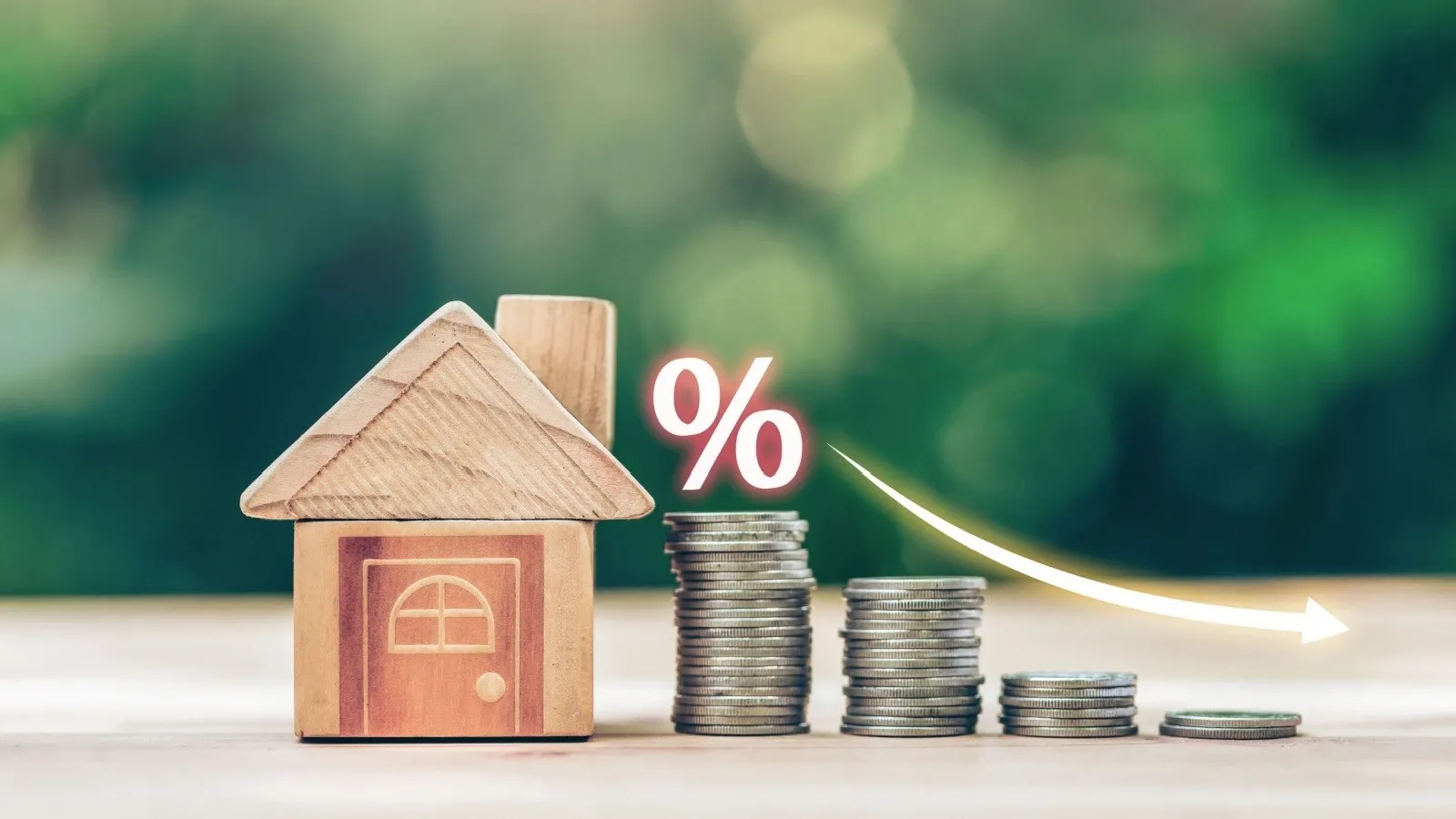Personal Finance News
EMIs set to fall as 5 PSU banks slash lending rates after RBI repo cut
.png)
3 min read | Updated on April 11, 2025, 13:07 IST
SUMMARY
While banks like BoB and PNB passed on the rate cut to external benchmark-linked loans, MCLR and base rates remain largely unchanged.

RBI has reduced the repo rate again. | Image source: Shutterstock
Five major public sector banks — Punjab National Bank (PNB), Indian Bank, UCO Bank, Bank of India, and Bank of Baroda — have slashed lending rates following the Reserve Bank of India's (RBI) decision to reduce the repo rate by 25 basis points to 6%. The move is expected to ease the financial burden on borrowers with lower EMIs on retail and MSME loans.
State-owned Bank of Baroda (BoB) on Thursday announced the immediate transmission of the RBI’s policy rate cut to its customers by reducing its external benchmark-linked lending rates by 25 basis points. The revised rates apply to loans catering to the retail and MSME segments. However, the bank has kept its Marginal Cost of Funds-Based Lending Rate (MCLR) unchanged. The one-year MCLR, a key benchmark for pricing personal and auto loans, remains at 9%.
The PNB revised its Repo Linked Lending Rate (RLLR) from 9.10% to 8.85%, effective April 10, 2025, while keeping its MCLR and base rate unchanged.
"The Exchange is hereby informed that Bank has revised RLLR from 9.10% (including BSP of 20bps) to 8.85% (including BSP of 20bps) with effect from 10.04.2025," PNB said in a regulatory filing. "Further, there is no change in the existing MCLR and Base rate."
Indian Bank cut its Repo Linked Benchmark Lending Rate (RBLR) to 8.70% from 9.05%, with effect from April 11.
UCO Bank reduced its repo-linked rates, bringing the UCO Float rate, used as a benchmark for various loan products, to 8.80%, effective April 10. Other benchmark rates, including MCLR, TBLR, and base rates, have been retained.
The Bank of India revised its RBLR to 8.85% from 9.10% effective April 9, following the RBI's repo rate cut.
The RBI’s Monetary Policy Committee (MPC) unanimously decided to cut the key repo rate for the second straight time, bringing it to its lowest level since November 2022. RBI Governor Sanjay Malhotra also announced a shift in policy stance from "neutral" to "accommodative", indicating further easing in the upcoming meetings.
The rate cuts are expected to provide a fillip to the real estate sector and consumer borrowing. Industry bodies CREDAI and NAREDCO lauded the RBI’s move and urged banks to ensure swift transmission to customers.
“It is likely to improve home loan affordability, stimulate housing demand, and provide a strong impetus to the mid-income and affordable segments, where interest rate sensitivity remains high,” said CREDAI National President Boman Irani.
Housing sales had declined in the first quarter of 2025 due to high property prices and uncertain economic outlook. Real estate data from PropEquity and Anarock showed annual declines of 23% and 28%, respectively, in housing sales across major cities in the January-March quarter.
"Lower interest rates directly translate into reduced EMIs, thereby improving home loan affordability for potential buyers," said Venkatesh Gopalakrishnan, Director Group Promoter's Office and MD of Shapoorji Pallonji Real Estate (SPRE).
By signing up you agree to Upstox’s Terms & Conditions
About The Author
Next Story

